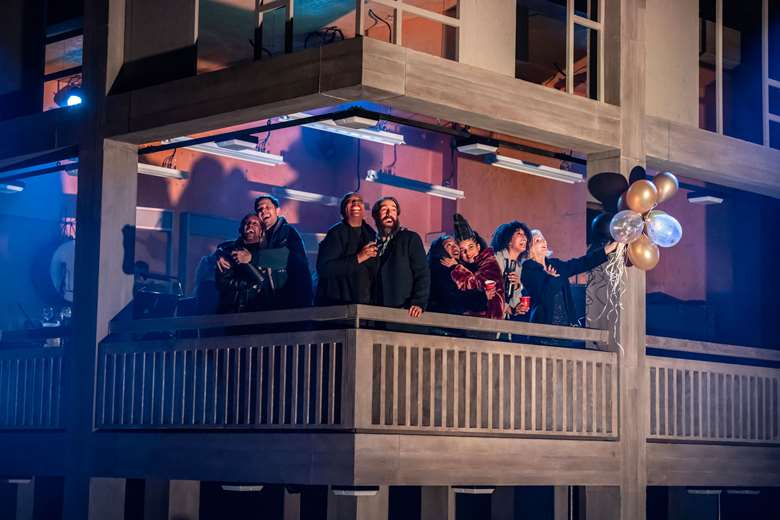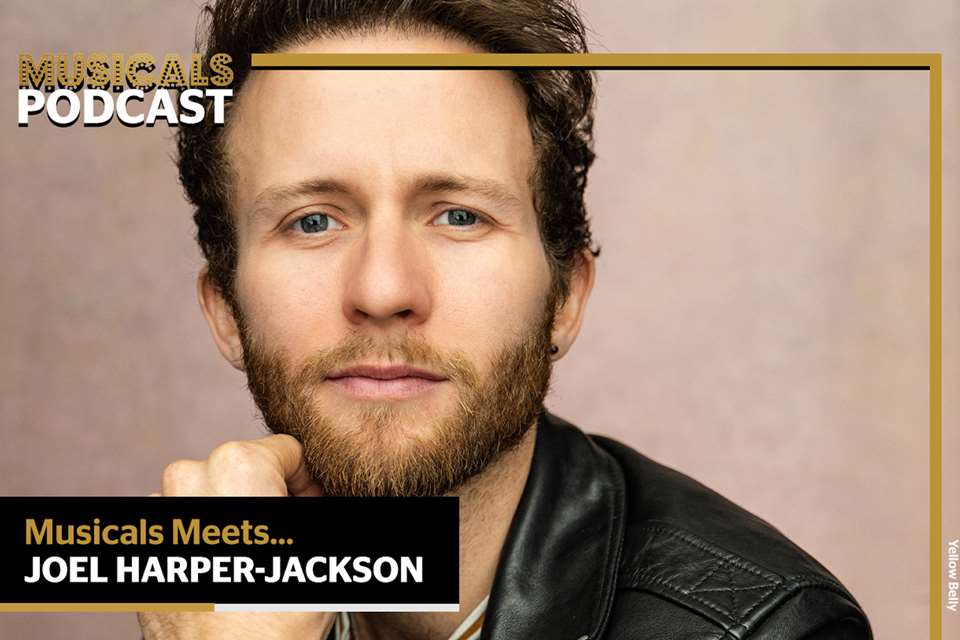Standing at the Sky’s Edge: Standing at the Edge of Universal Success
Thursday, March 28, 2024
It may have received ‘Made in Sheffield’ trademark status, but Standing at the Sky’s Edge – with its themes of home, belonging and acceptance – is a musical for the ages. As it makes its West End premiere, David Jays talks to the creatives about the universality of this ‘play with a gig sitting on top of it’


Register now to continue reading
Thank you for visiting MusicalsMagazine.com. Sign up for a free account today to enjoy the following benefits:
- Free access to 3 subscriber-only articles per month
- Unlimited access to our news, podcast and competitions pages
- Free email newsletter
